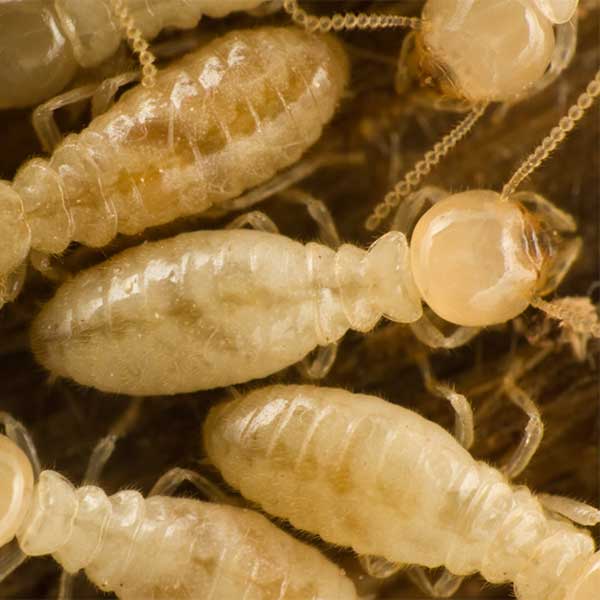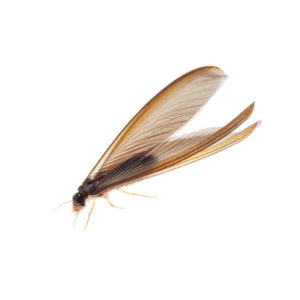Subterranean Termites in Modesto CA
Modesto’s pleasant climate provides an ideal environment for subterranean termites to flourish. They build their colonies underground and relentlessly forage for cellulose-rich food sources, such as wood. Any wood material in a home is a potential food source, and infestations can be difficult to detect until the damage becomes severe. This is because they consume the wood from the inside, leaving the outside structure intact and allowing them to go undetected. Given the nature of these termites and the extensive structural damage they cause to homes, proactive treatment is highly recommended.
Subterranean Termite Habitat
Subterranean termites live underground and feed on wood. These termites build tunnels, commonly referred to as “mud tubes,” to protect them from predators and exposed air which can dry them out. These termites are highly organized and social insects, working in large colonies with a well-defined caste system comprising workers, soldiers, and reproductive termites. During their mating season, they release winged reproductive termites, known as swarmers. If you notice swarms of winged insects around your home, it could be a sign of an infestation.
Subterranean Termite Behaviors, Threats, or Dangers
Because termites consume cellulose, any wood material in a house is a potential food source. Termites are secretive, and when termite damage becomes evident, it is usually the result of a few years of infestation. The presence of swarming termites or their wings alone is a sure sign that termites are working in a building. Winged termites are attracted to light and will swarm around doors and windows. After fluttering about for a short time, the termites break off their wings and pair off, becoming king and queen of a new termite colony. Swarming termites can often be mistaken for winged ants, so remain vigilant! To prevent or control a subterranean termite infestation, it’s important to enlist the help of a professional termite exterminator.


